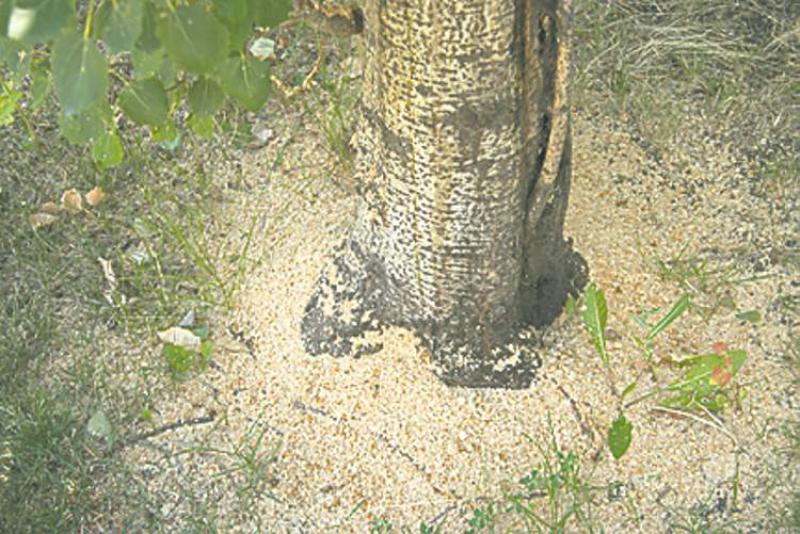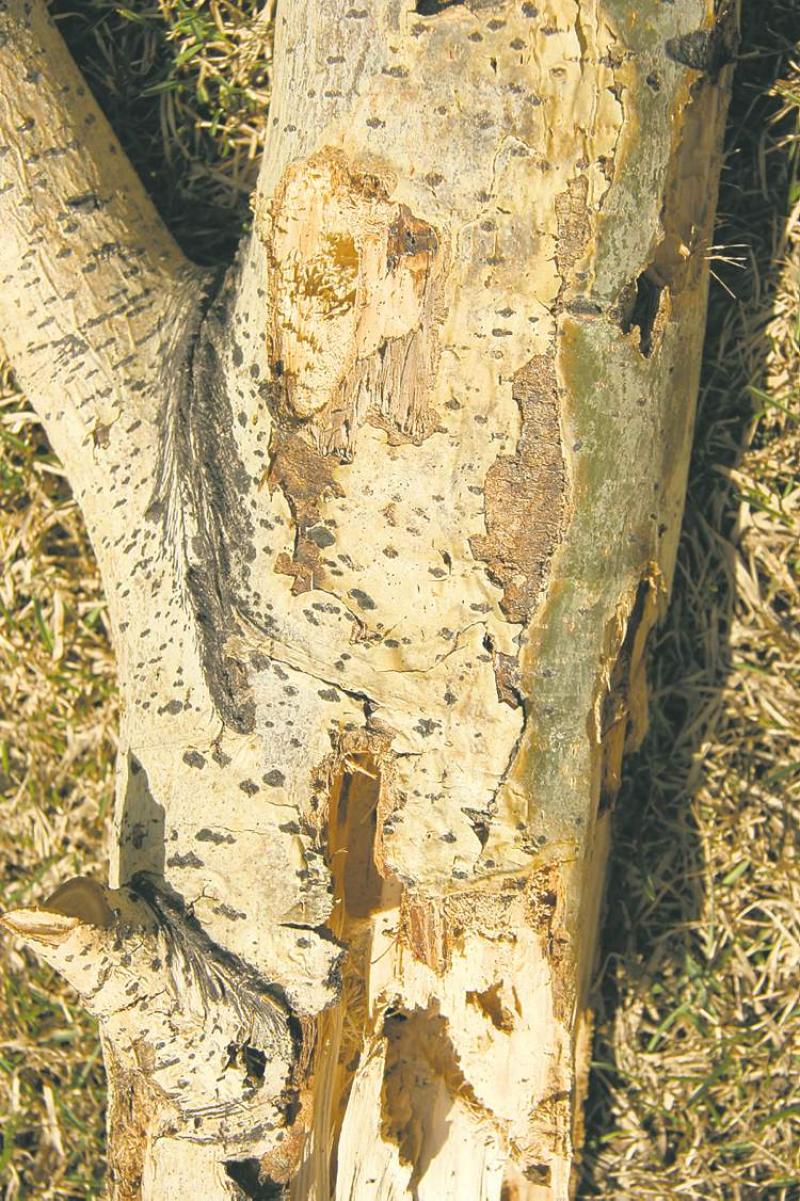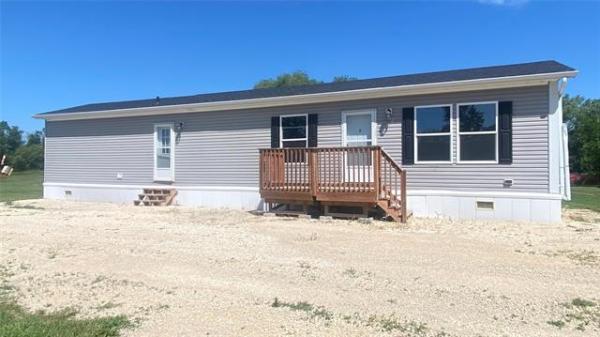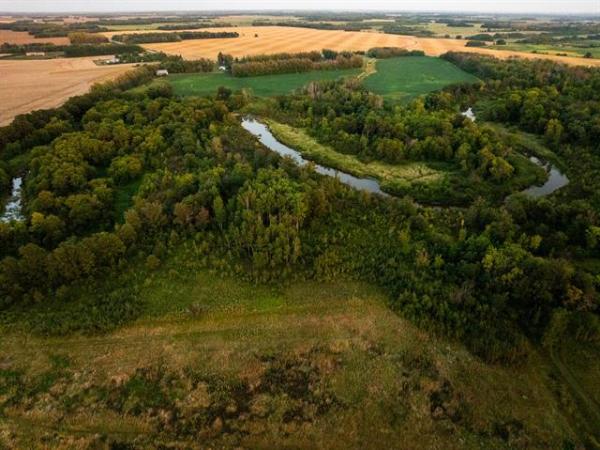


I'm getting a great many inquiries, some quite desperate, from owners of Swedish aspens and tower poplars.
It seems like everyone who has a large example of one of these trees is looking at the piles of 'sawdust' at the base of the trunk. This is a very serious and potentially dangerous problem.
Some of the fastest-growing trees on the market today are tall columnar poplars such as Swedish aspen and tower poplar. Their size and fast growth rate make them popular for privacy screens between yards.
But there is a saying in the tree business: The faster the tree grows, the quicker it dies. Early death can be the result of growth stresses caused by pests and diseases, but let's deal with the most common of these problems in columnar poplars -- carpenter worms.
The carpenter worm (Prionoxystus robiniae)
is a wood-boring grub that attacks stressed trees, particularly columnar poplar trees that are usually diseased. The adult moth looks like a hornet as it is black and yellow. The eggs the moth lays develop into tiny grubs that chew their way into the bark and wood. The carpenter worm or larva can grow up to 75 mm (two to three inches) in length and up to 15 mm in thickness (1/2 inch) while feeding on stressed wood. They are one of the largest wood-boring grubs in North America.
When it's present in a tree, large irregular-shaped holes about 15 mm (1/2 inch) in diameter can be seen on the trunk bark. Depending on the number of holes, there can be a lot of 'sawdust' (called frass) at the bottom on the tree trunk. The worm pushes out its feeding waste, or frass, through these holes. It's often seen in the crotches of branch attachments to the trunk.
The infested tree may or may not show dead branches, but the upper branches will have a thinner crown of leaves. The leaves will turn yellowish green before they turn brown and curl up. Eventually, the upper branches die, and lower branches follow in another year or so.
There is no known practical treatment to eliminate the grubs once they are well established in a tree, especially in the middle to upper trunk areas. In the United States, there are products that reputedly can be used to deal with this problem earlier on in the pest cycle, but there is no control product licensed in Manitoba for the control of these wood-boring grubs.
Heavy feeding by the worms will riddle the trunk with numerous holes and tunnels, making the tree structurally unsound and subject to breakage by strong winds. Infected trees quickly become a hazard and should be removed, preferably by a licensed Manitoba arborist since the potential for unexpected breakage during the removal is very high.
Strong winds earlier this summer destroyed many of these columnar trees through trunk breakage. Damage to buildings and vehicles can be a cause for concern, depending on how tall these trees are. I personally would not live with one of these trees on my property.
I've noticed that younger and smaller columnar poplars, especially Swedish aspens, are becoming infested earlier with these worms than in the past. If you have lots of frass (sawdust-looking piles) at the base of your tree, look up and count the number of feeding holes. Are these really trees you want to keep?
Michael Allen M.Sc.F., RPF is a consulting urban forester and certified I.S.A. arborist. He owns Viburnum Tree Experts, a Manitoba company that provides objective assessments of the condition and the care required for trees and shrubs on home and business landscapes. He can be reached at 204-831-6503 or viburnumtrees@shaw.ca His web site is www.treeexperts.mb.ca



